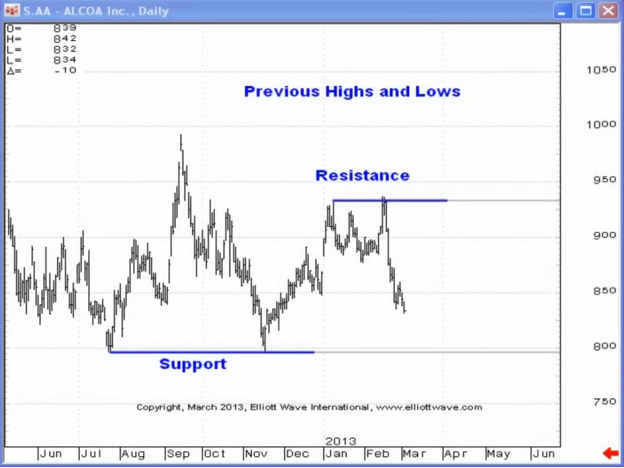By: Cory Mitchell, founder of VantagePointTrading.com
Whether I'm day trading or swing trading forex (and other markets as well), I frequently use the method described below. It's a price action trading method, with trendlines and trend channels used to help establish entry points and potential targets. Here's the basic strategy; adjust it to your liking or add your own indicators to help you implement it.
Before Placing Trades
Before placing a trade, calculate your proper position size. Position size is calibrated for the trade so you are risking 1% (or less) of your account capital on each trade. All trades taken must have at least a 2:1 reward:risk ratio, but often we'll end up with trades that have a 5:1 or 6:1 ratio (more on that in a bit). If risking 1% of your account, you stand to make at least 2%, but often 5% or more...that's 5% on your total account, not just traded capital (because our risk is also based on the total account). If you risk up to 2% per trade, your gains double.
Before commencing trade, note any significant economic data coming out over the next 24-hours. Avoid placing entries or stop loss orders close the current price right before a major news announcement, as this can cause slippage. Best to avoid those trades. Continue reading "My Favorite Swing Trading Strategy"

